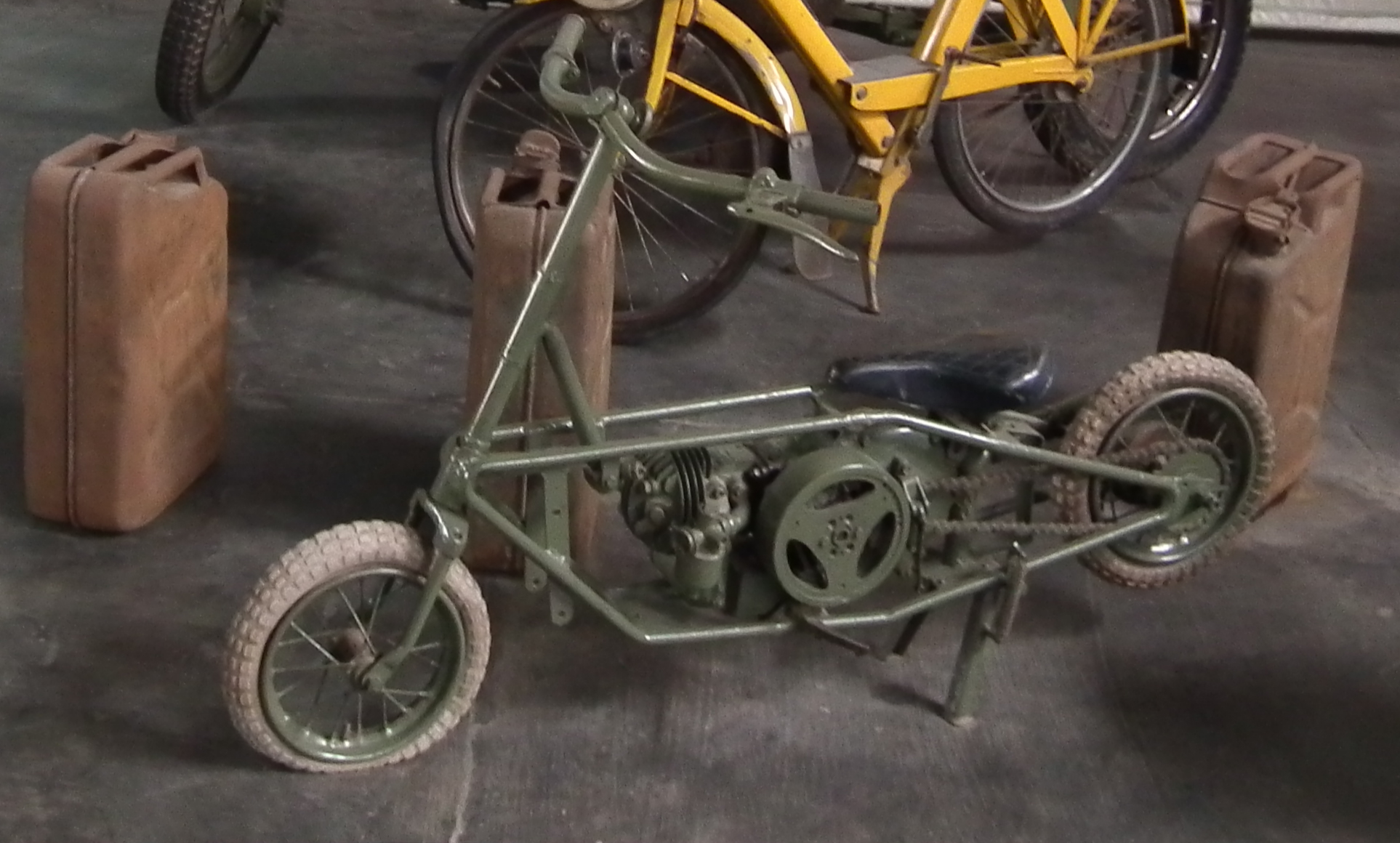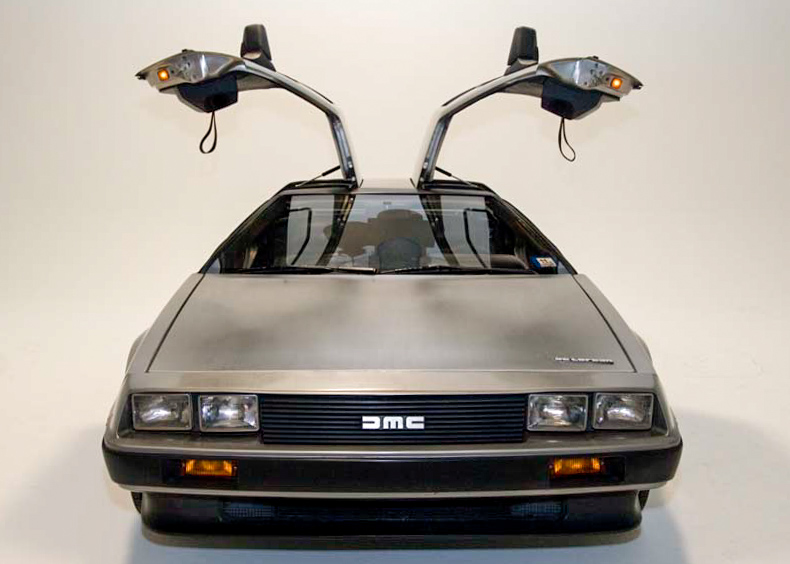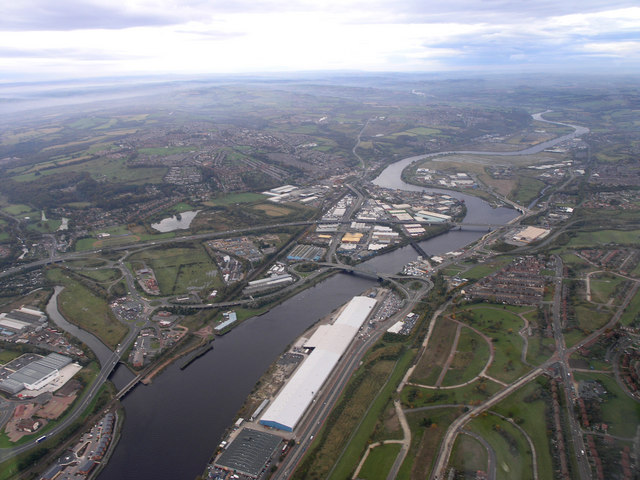|
Meadows Frisky
Meadows Frisky is the name of a series of small British cars manufactured at the factory of '' Henry Meadows Ltd'' at Fallings Park in Wolverhampton between 1958 and 1961, during which time, production was under the control of a number of companies. History The Frisky car project was conceived by Captain Raymond Flower, racing driver and Managing Director of the ''Cairo Motor Co Ltd.'', Nuffield distributors in Egypt. Flower operated the company with his two brothers, Derek and Neville, all of whom were part of the brewing dynasty of Flower & Sons of Stratford on Avon. From February 1955, under the auspices of the Cairo Motor Company, a number of projects for the manufacture of cars in Egypt under the general name of Phoenix, were mooted in the press, possibly as a way of gaining favour with the government of President Nasser. However, as the relationship between Egypt and Britain deteriorated with the onset of the Suez Crisis in 1956, little of substance materialised. As the ... [...More Info...] [...Related Items...] OR: [Wikipedia] [Google] [Baidu] |
Microcar
Microcar is a term often used for the smallest size of cars, with three or four wheels and often an engine smaller than . Specific types of microcars include bubble cars, cycle cars, invacar, quadricycles and voiturettes. Microcars are often covered by separate regulations to normal cars, having relaxed requirements for registration and licensing. Predecessors Voiturette is a term used by some small cars and tricycles manufactured from 1895 to 1910. Cyclecars are a type of small, lightweight and inexpensive car manufactured mainly between 1910 and the late 1920s. Europe 1940-1970: Microcars The first cars to be described as microcars (earlier equivalents were called voiturettes or cyclecars) were built in the United Kingdom and Germany following World War II, and remained popular until the 1960s. They were originally called minicars, but later became known as microcars. France also produced large numbers of similar tiny vehicles called voiturettes, but they were rar ... [...More Info...] [...Related Items...] OR: [Wikipedia] [Google] [Baidu] |
Internal Combustion Engine
An internal combustion engine (ICE or IC engine) is a heat engine in which the combustion of a fuel occurs with an oxidizer (usually air) in a combustion chamber that is an integral part of the working fluid flow circuit. In an internal combustion engine, the expansion of the high-temperature and high-pressure gases produced by combustion applies direct force to some component of the engine. The force is typically applied to pistons ( piston engine), turbine blades (gas turbine), a rotor (Wankel engine), or a nozzle ( jet engine). This force moves the component over a distance, transforming chemical energy into kinetic energy which is used to propel, move or power whatever the engine is attached to. This replaced the external combustion engine for applications where the weight or size of an engine was more important. The first commercially successful internal combustion engine was created by Étienne Lenoir around 1860, and the first modern internal combustion engine, known ... [...More Info...] [...Related Items...] OR: [Wikipedia] [Google] [Baidu] |
Straight-twin Engine
A straight-twin engine, also known as an inline-twin, vertical-twin, or parallel-twin, is a two-cylinder piston engine whose cylinders are arranged in a line along a common crankshaft. Straight-twin engines are primarily used in motorcycles; other uses include automobiles, marine vessels, snowmobiles, Jet Skis, all-terrain vehicles, tractors and ultralight aircraft. Various different crankshaft configurations have been used for straight-twin engines, with the most common being 360 degrees, 180 degrees and 270 degrees. Terminology The straight-twin layout is also referred to as "parallel-twin", "vertical-twin" and "inline-twin". Some of these terms originally had specific meanings relating to the crankshaft angle or engine orientation, however they are often also used interchangeably. In the United Kingdom, the term "parallel-twin" is traditionally used for engines with a crankshaft angle of 360 degrees, since the two pistons are in the same direction (i.e. parallel to each o ... [...More Info...] [...Related Items...] OR: [Wikipedia] [Google] [Baidu] |
Villiers Engineering
Villiers Engineering was a manufacturer of motorcycles and cycle parts, and an engineering company based in Villiers Street, Wolverhampton, England. Early history In the 1890s John Marston's Sunbeam had become extremely successful by relying on high quality of production and finish. But Marston was dissatisfied with the pedals on his machines, which he bought in. In 1890 he dispatched his son Charles to the US on a selling trip, but included in his instructions that Charles must discuss pedal engineering with Pratt and Whitney in Hartford, Connecticut and come back with a high-class pedal and the machinery for making it. Charles said that the Villiers Engineering Co. was "the ultimate fruit" of his trip to the US, being impressed by the production system and the labour saving devices. He pointed out that "it was not possible to develop these at Sunbeamland, which had long been working on another plan, but it was possible to start them in a new factory". As a result of the to ... [...More Info...] [...Related Items...] OR: [Wikipedia] [Google] [Baidu] |
Gull-wing Doors
In the automotive industry, a gull-wing door, also known as a falcon-wing door or an up-door, is a car door that is hinged at the roof rather than the side, as pioneered by Mercedes-Benz 300 SL, first as a race car in 1952 ( W194), and then as a production sports car in 1954. Opening upwards, the doors evoke the image of a seagull's wings. In French, they are (butterfly doors). The papillon door was designed by Jean Bugatti for the 1939 Type 64, 14 years before Mercedes-Benz produced its similar, famous 300 SL gullwing door. The papillon door is a precursor to the gullwing door, and is slightly different in its architecture, but is often overlooked when discussing gull-wing design. Conventional car doors are typically hinged at the front-facing edge of the door, with the door swinging outward horizontally. Apart from the Mercedes-Benz 300 SL of the mid-1950s, Mercedes-Benz SLS and the experimental Mercedes-Benz C111 of the early 1970s, the best-known examples of road-cars ... [...More Info...] [...Related Items...] OR: [Wikipedia] [Google] [Baidu] |
Coachwork
A coachbuilder or body-maker is someone who manufactures bodies for passenger-carrying vehicles.Construction has always been a skilled trade requiring a relatively lightweight product with sufficient strength. The manufacture of necessarily fragile, but satisfactory wheels by a separate trade, a wheelwright, held together by iron or steel tyres, was always most critical. From about AD 1000 rough vehicle construction was carried out by a ''wainwright'', a wagon-builder. Later names include ''cartwright'' (a carpenter who makes carts, from 1587); ''coachwright''; and ''coachmaker'' (from 1599). Subtrades include ''wheelwright'', ''coachjoiner'', etc. The word ''coachbuilder'' first appeared in 1794. ''Oxford English Dictionary'' 2011 Coachwork is the body of an automobile, bus, horse-drawn carriage, or railway carriage. The word "coach" was derived from the Hungarian town of Kocs. Coachbuilt body is the British English name for the coachbuilder's product. ''Custom body'' is ... [...More Info...] [...Related Items...] OR: [Wikipedia] [Google] [Baidu] |
Glass-reinforced Plastic
Fiberglass (American English) or fibreglass (Commonwealth English) is a common type of fiber-reinforced plastic using glass fiber. The fibers may be randomly arranged, flattened into a sheet called a chopped strand mat, or woven into glass cloth. The plastic matrix may be a thermoset polymer matrix—most often based on thermosetting polymers such as epoxy, polyester resin, or vinyl ester resin—or a thermoplastic. Cheaper and more flexible than carbon fiber, it is stronger than many metals by weight, non-magnetic, non-conductive, transparent to electromagnetic radiation, can be molded into complex shapes, and is chemically inert under many circumstances. Applications include aircraft, boats, automobiles, bath tubs and enclosures, swimming pools, hot tubs, septic tanks, water tanks, roofing, pipes, cladding, orthopedic casts, surfboards, and external door skins. Other common names for fiberglass are glass-reinforced plastic (GRP), glass-fiber reinforced plastic (GFRP) or GFK ... [...More Info...] [...Related Items...] OR: [Wikipedia] [Google] [Baidu] |
Prototype
A prototype is an early sample, model, or release of a product built to test a concept or process. It is a term used in a variety of contexts, including semantics, design, electronics, and Software prototyping, software programming. A prototype is generally used to evaluate a new design to enhance precision by system analysts and users. Prototyping serves to provide specifications for a real, working system rather than a theoretical one. In some design workflow models, creating a prototype (a process sometimes called materialization) is the step between the Formal specification, formalization and the evaluation of an idea. A prototype can also mean a typical example of something such as in the use of the derivation 'prototypical'. This is a useful term in identifying objects, behaviours and concepts which are considered the accepted norm and is analogous with terms such as stereotypes and archetypes. The word ''wikt:prototype, prototype'' derives from the Greek language, Greek ... [...More Info...] [...Related Items...] OR: [Wikipedia] [Google] [Baidu] |
Project Engineer
Project engineering includes all parts of the design of manufacturing or processing facilities, either new or modifications to and expansions of existing facilities. A "project" consists of a coordinated series of activities or tasks performed by engineers, designers, drafters and others from one or more engineering disciplines or departments. Project tasks consist of such things as performing calculations, writing specifications, preparing bids, reviewing equipment proposals and evaluating or selecting equipment and preparing various lists, such as equipment and materials lists, and creating drawings such as electrical, piping and instrumentation diagrams, physical layouts and other drawings used in design and construction. A small project may be under the direction of a project engineer. Large projects are typically under the direction of a project manager or management team. Some facilities have in house staff to handle small projects, while some major companies have a departm ... [...More Info...] [...Related Items...] OR: [Wikipedia] [Google] [Baidu] |
Saloon Car
A sedan or saloon (British English) is a passenger car in a three-box configuration with separate compartments for an engine, passengers, and cargo. The first recorded use of the word "sedan" in reference to an automobile body occurred in 1912. The name derives from the 17th-century litter known as a sedan chair, a one-person enclosed box with windows and carried by porters. Variations of the sedan style include the close-coupled sedan, club sedan, convertible sedan, fastback sedan, hardtop sedan, notchback sedan, and sedanet/sedanette. Definition A sedan () is a car with a closed body (i.e. a fixed metal roof) with the engine, passengers, and cargo in separate compartments. This broad definition does not differentiate sedans from various other car body styles, but in practice, the typical characteristics of sedans are: * a B-pillar (between the front and rear windows) that supports the roof * two rows of seats * a three-box design with the engine at the front and the car ... [...More Info...] [...Related Items...] OR: [Wikipedia] [Google] [Baidu] |
Sports Car
A sports car is a car designed with an emphasis on dynamic performance, such as handling, acceleration, top speed, the thrill of driving and racing capability. Sports cars originated in Europe in the early 1900s and are currently produced by many manufacturers around the world. Definition Definitions of sports cars often relate to how the car design is optimised for dynamic performance, without any specific minimum requirements; both a Triumph Spitfire and Ferrari 488 Pista can be considered sports cars, despite vastly different levels of performance. Broader definitions of sports cars include cars "in which performance takes precedence over carrying capacity", or that emphasise the "thrill of driving" or are marketed "using the excitement of speed and the glamour of the (race)track" However, other people have more specific definitions, such as "must be a two-seater or a 2+2 seater" or a car with two seats only. In the United Kingdom, early recorded usage of the "sports car" ... [...More Info...] [...Related Items...] OR: [Wikipedia] [Google] [Baidu] |
Vickers-Armstrongs
Vickers-Armstrongs Limited was a British engineering conglomerate formed by the merger of the assets of Vickers Limited and Sir W G Armstrong Whitworth & Company in 1927. The majority of the company was nationalised in the 1960s and 1970s, with the remainder being divested as Vickers plc in 1977. History Vickers merged with the Tyneside-based engineering company Armstrong Whitworth, founded by William Armstrong, to become Vickers-Armstrongs. Armstrong Whitworth and Vickers had developed along similar lines, expanding into various military sectors and produced a whole suite of military products. Armstrong Whitworth were notable for their artillery manufacture at Elswick and shipbuilding at a yard at High Walker on the River Tyne. 1929 saw the merger of the acquired railway business with those of Cammell Laird to form Metropolitan Cammell Carriage and Wagon (MCCW); Metro Cammell. In 1935, before rearmament began, Vickers-Armstrongs was the third-largest manufacturing emplo ... [...More Info...] [...Related Items...] OR: [Wikipedia] [Google] [Baidu] |









